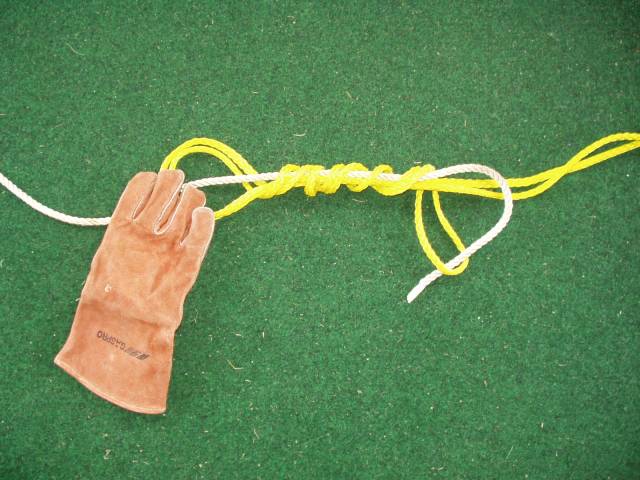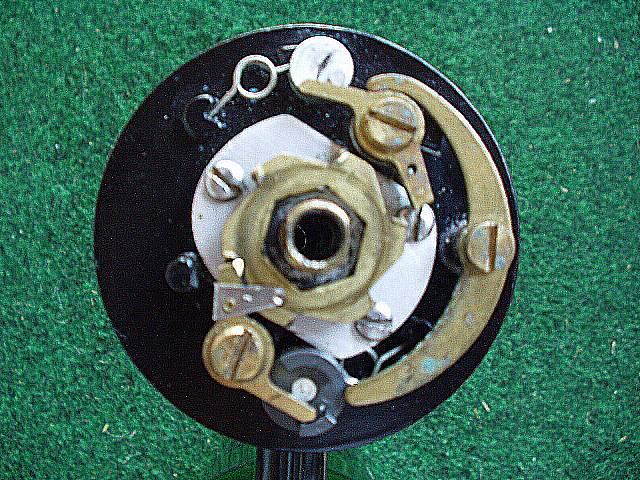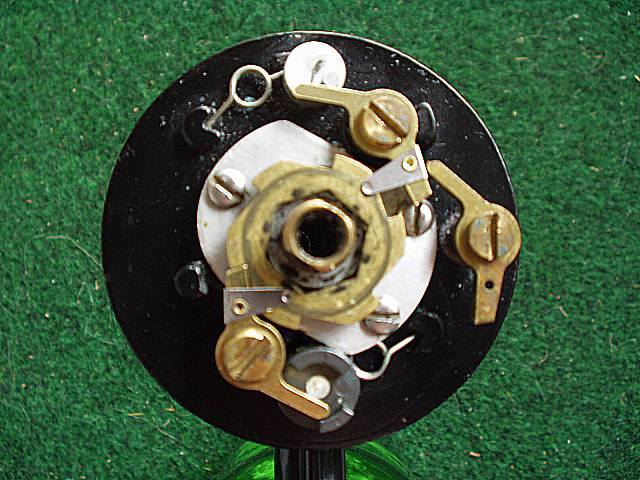
Kona Hawaii jigging & popping
* Home Page
* Fish Photos Page
* The Boats
* Season Calendar
* Links Page
* Videos
* FAQ
* Kona Fishing Report / Blog
* Hall of Fame
* Avoid Sea Sickness
* Share charters
* Guest Book
* Prices
*email







